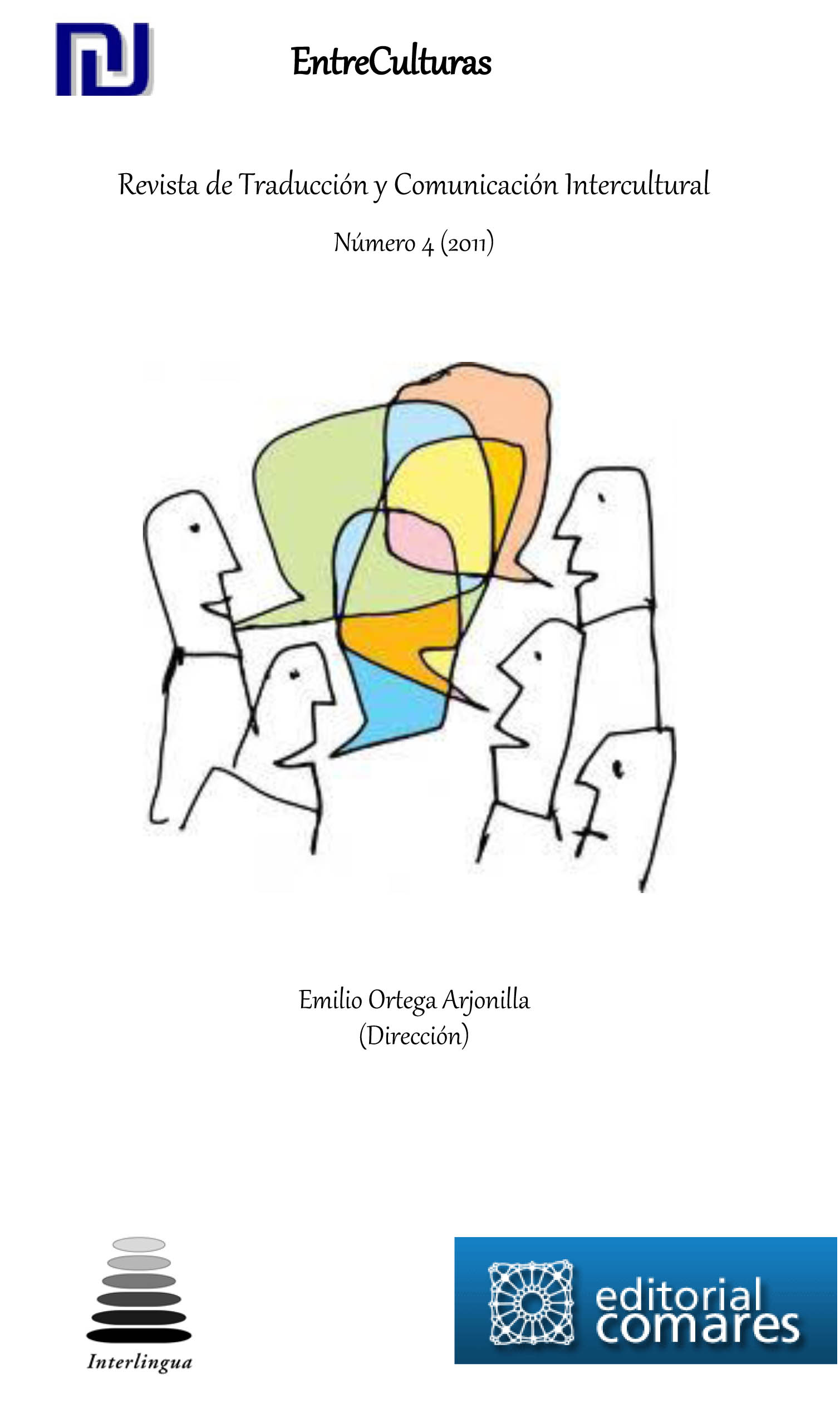AS CONCEPÇÕES DO GIRI PARA INAZO NITOBE E RUTH BENEDICT: LEITURAS DISTINTAS DO MESMO
DOI:
https://doi.org/10.24310/Entreculturasertci.vi4.11589Keywords:
Giri, Categorical Imperative, Japan, Inazo Nitobe, Ruth BenedictAbstract
This article shows briefly the concept of giri used in Japanese to express the duty of the subject in relation to the group which he/she belongs to, through the work Inazo Nitobe's Bushido - The Soul of Japan and Ruth Benedict?s book The Chrysanthemum and the Sword, that present approaches that seem to coincide and may lead to different interpretations.
Downloads
Metrics
References
Benedict, Ruth. (2007) O Crisântemo e a Espada. Perspectiva, São Paulo.
Berlin, Isaiah. (2002) Estudos sobre a humanidade: uma antologia de ensaios. Companhia das Letras, São Paulo.
Davies, Roger J. Ikeno, Osamu. (2002) The Japanese Mind, Understanding Contemporary Japanese Culture. Tuttle Publishing Tokyo, Tóquio.
Elias, Norbert. (1994) O Processo Civilizador. Volume 1: Uma História dos Costumes. Jorge Zahar Editor, Rio de Janeiro.
Heidegger, Martin. (2003) A Caminho da Linguagem. Vozes, Petrópolis.
Kant, Immanuel. (1995) Fundamentação da Metafísica dos Costumes. Edições 70, Lisboa.
Monceri, Flavia. (2000) Il Problema dell’unicità Giapponese – Nitobe Inazô e Okakura Kakuzô. Edizioni Ets, Pisa.
Nitobe, Inazo. (1972) The Works of Inazo Nitobe, Volume I. University of Tokyo Press, Tóquio.
Said. Edward W. (1990) Orientalismo – O Oriente como Invenção do Ocidente. Companhia das Letras, São Paulo.
Sakurai, Célia. (2008) Os Japoneses, Contexto, São Paulo.
Weber, Max. (1951) The Religion of China. The Free Press, Illinois.
Downloads
Published
How to Cite
Issue
Section
License
All contents published in Entre culturas. Revista de traducción y comunicación intercultural are protected under the Creative Commons Attribution-NonCommercial-ShareAlike 4.0 International (CC BY-NC-SA 4.0) license. All about this license is available in the following link: <http://creativecommons.org/licenses/by-nc-sa/4.0>
Users can copy, use, redistribute, share and exhibit publicly as long as:
- The original source and authorship of the material are cited (Journal, Publisher and URL of the work).
- It is not used for comercial purposes.
- The existence of the license and its especifications are mentioned.
There are two sets of authors’ rights: moral and property rights. Moral rights are perpetual prerogatives, unrenounceable, not-transferable, unalienable, imprescriptible and inembargable. According to authors’ rights legislation, Entreculturas. Revista de traducción y comunicación intercultural recognizes and respects authors moral rights, as well as the ownership of property rights, which will be transferred to University of Malaga in open access. The property rights are referred to the benefits that are gained by the use or the dissemination of works. Entreculturas. Revista de traducción y comunicación intercultural is published in an open access form and it is exclusively licenced by any means for doing or authorising distribution, dissemination, reproduction, , adaptation, translation or arrangement of works.
Authors are responsable for obtaining the necessary permission to use copyrighted images.





7.png)
